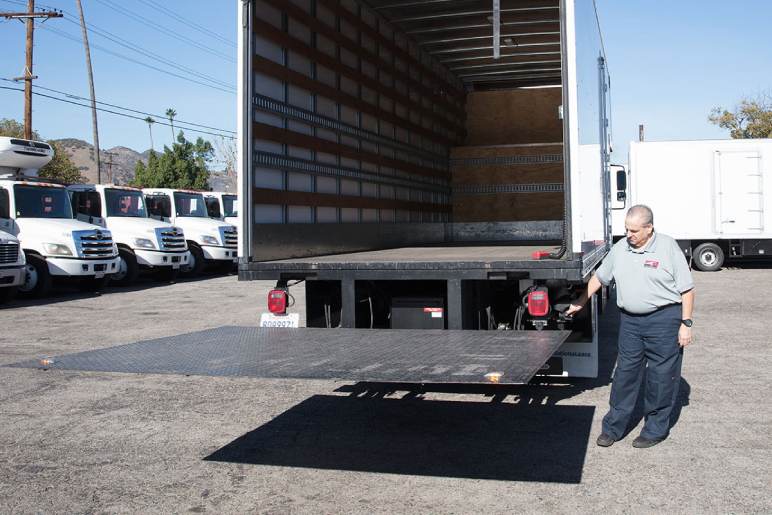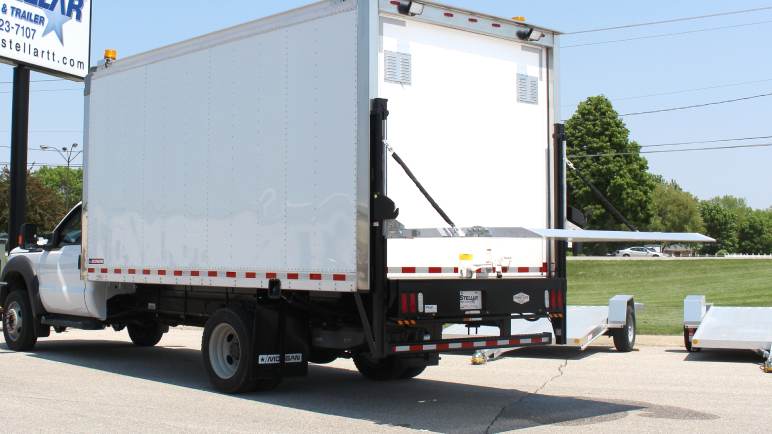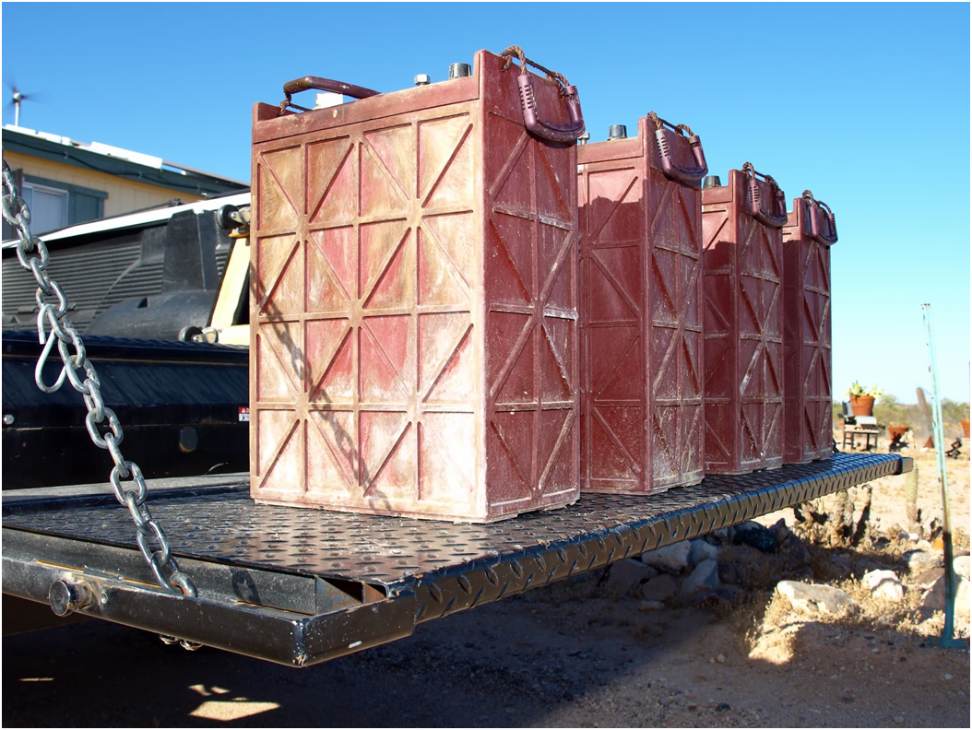Lift gates are crucial in transportation and logistics, offering a convenient solution for loading and unloading bulky or heavy items from trailers and trucks. Whether delivering goods to a construction site or transporting equipment for an event, understanding how lift gates work can streamline operations and improve efficiency. This guide will help you explore the mechanic of lift gates, their various types, and their applications across multiple industries. Read on for more information:
Understanding Lift Gates Mechanics

At its core, What is a liftgate? Well, it implies a hydraulic-powered platform mounted at the rear of a trailer or truck. It is designed to raise and lower cargo, making loading and unloading items more straightforward without additional equipment or manual labor. The lift gates consist of several vital components, including:
- Platform: This is the flat surface where the cargo is placed. It is typically constructed with durable materials like steel and aluminum to withstand heavy loads.
- Controls: Lift gates are operated using simple controls, usually located near the platform or inside the truck cab. These controls allow users to raise, lower, and stop the platform at the desired height.
Safety Measures
Lift gates have safety features such as non-slip surfaces, safety rails, and emergency stop buttons to ensure safe operation. These aspects help prevent accidents and injuries during loading and unloading. Lift gates are powered by hydraulic systems, which use fluid to lift and lower the platform. A hydraulic pump is connected to a reservoir of hydraulic fluid, which is pressurized to create the force needed to move the platform.
Types of Lift Gates

Lift gates come in various types and configurations to serve multiple applications and vehicle sizes. Some of the most popular features include:
- Tuck-away Lift gates: these types of lift gates fold and tuck away vertically under the rear of the truck or trailer when not in use, offering a sleek and compact solution for vehicles with limited space.
- Rail gate Lift gates: Rail gate lift gates feature a series of folding rails that extend horizontally to offer additional support for loading and unloading long or oversized items. Other types include cantilever lift gates and column lift gates.
Application of Lift Gates

Lift gates are vastly used across various industries for transporting a vast range of goods and equipment. Some typical applications include:
- Delivery service: Lift gates are commonly used by delivering services to unload heavy packages and palletized freight from trucks and vans, ensuring efficient and safe delivery to customers.
- Retail and Supplies: In the retail and supplies warehouse, lift gates facilitate the movement of merchandise between trucks and loading docks, streamlining the supply chain process.
Construction and Landscaping

Landscapers and constructors rely on lift gates to transport heavy equipment and materials to various places or job sites, improving productivity and reducing manual labor. Also, they are helpful in events and entertainment. Lift gates are typically used in the event and entertainment industry to transport stage equipment, lighting rigs, and production gear to outdoor and venue events.
What is a liftgate? And what role does it play? Lift gates play a significant role in modern transportation and logistics, offering a convenient and efficient solution for loading and unloading cargo. By understanding how lift gates work and their various types, businesses can optimize their operations and improve productivity across multiple industries.
Have A Look :-
- Is Paper A Good Career Path?
- Is Energy A Good Career Path?
- Ultimate Comparison Of Top 12 Invoice Template And Receipt Maker Software Companies


